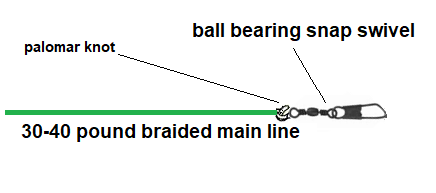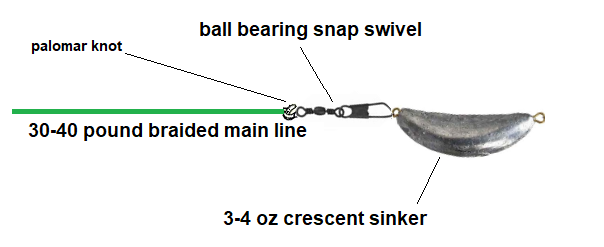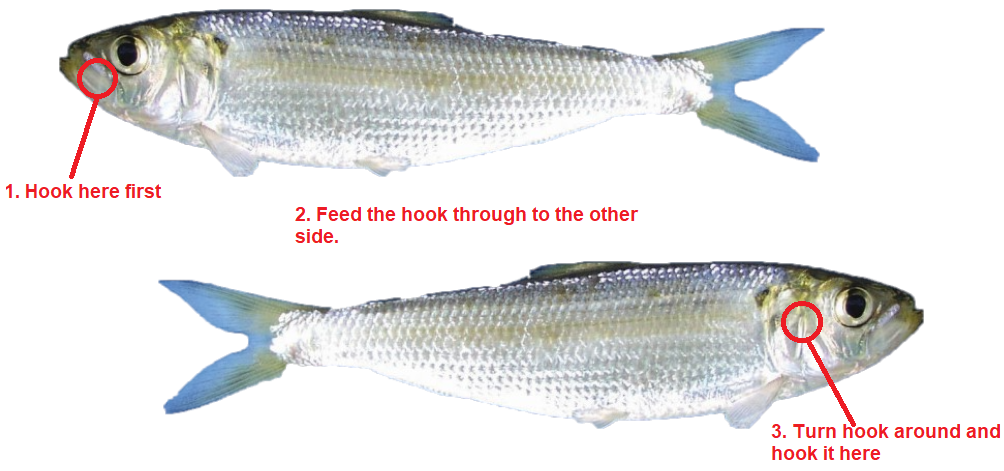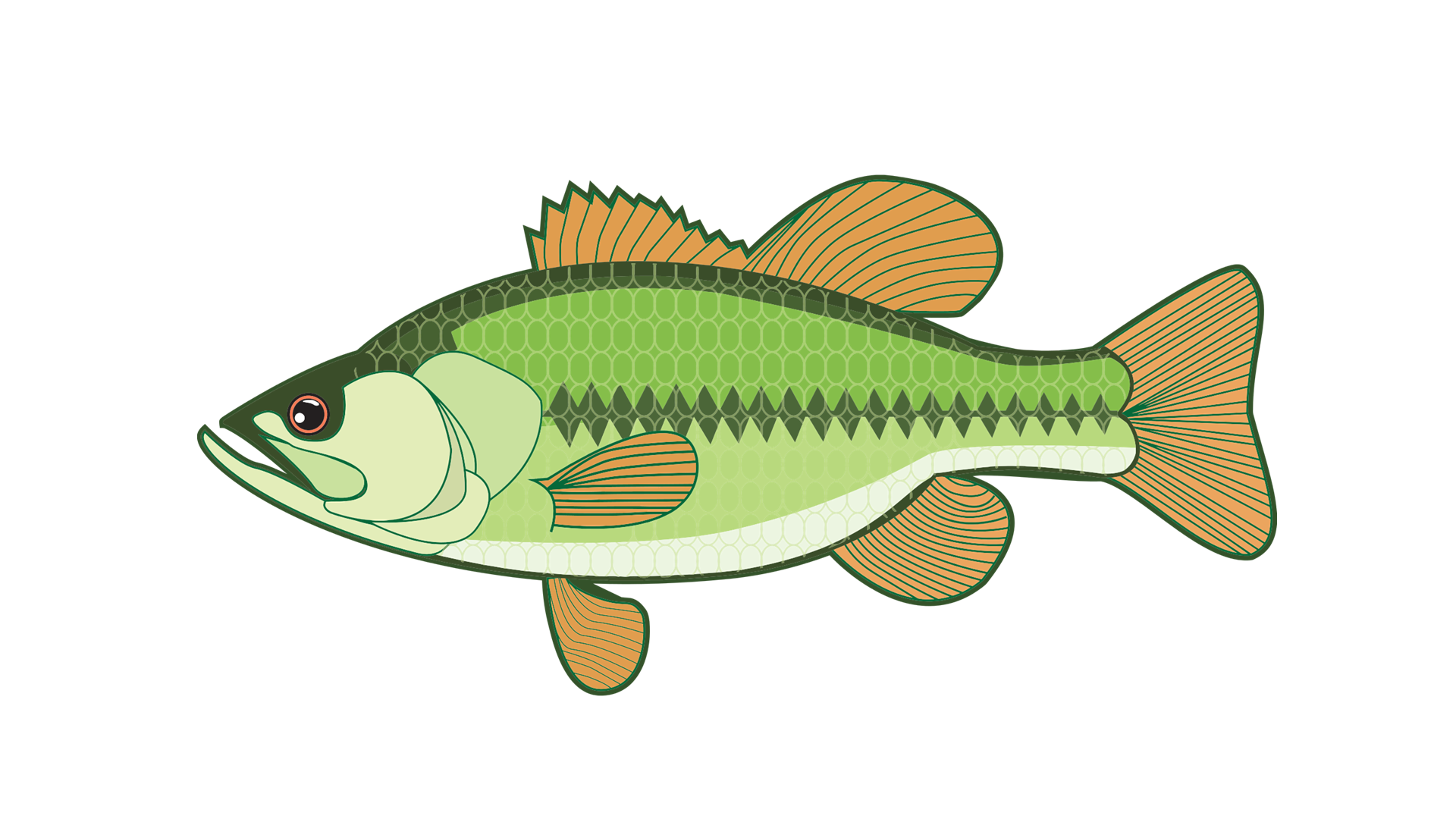What this rig is all about:

If you have any dead whole herring ready, a mooching rig is a fun way to target salmon off of a boat or kayak in California and the Pacific Northwest. Read on to learn about a relatively simple setup that will maximize your chances of landing a keeper salmon and some tips and tricks on how to use it.
Here is a list of materials/items that you will need to make this rig:
Links include pricing info on Amazon and are the suggested products for this rig.
- 30-40 pound braided main line
- 6-8 foot 30 pound monofilament leader line
- 3-4 ounce crescent sinker
- Ball bearing swivel
- 2 4/0 hooks
Recommended rod and reel (click images to buy from Amazon):
Okuma Classic Pro GLT Copper/Lead core Trolling Rod (12- 27 Lbs)
Shimano TEK601HGLCA Tekota 601 LC Conv. Levelwind Star Drag Reel, LH
Setup guide:
- The first step is to attach your ball bearing swivel to the braided main line. I would recommend a palomar knot but any secure knot would do fine.

The reason for the ball bearing swivel is to cancel out the spin from the bait. - Snap on the crescent sinker to the swivel.

- Now, for the leader rig, you need to tie up a mooching rig which is a rig with two hooks at the end in an inline configuration separated by a few inches (or however you want to accommodate the bait that you’re using). The entire length of the leader should be 6-8 feet. To learn how to tie that rig up, please watch this video:

- Tie the leader to the other end of the sinker.

- Hook on the herring. There is a very specific way to do this so that the spin on the bait is optimized. Use the hook that’s in the middle of the leader and hook the herring like so:

How to use this rig:
Before casting, check the spin of your bait. It should have a decent spinning action to attract the salmon. Just drop your bait in the water and move it through the water with the rod to check it.
When casting, reel until your weight is close to the guides of the rod (be careful not to break the guides) and cast the bait while it’s out of the water. Don’t cast when the bait is sitting in the water because the surface tension of the water will try to rip off the bait when you cast it.
On the drop, have your thumb on the bait caster reel so that you can control the drop of the sinker. Be cognizant of how fast you’re dropping the rig down because your leader could get tangled up with your main line if it’s too fast or if the current is too strong. Drop the weight to a depth passed where you are targeting the salmon. For example, if the salmon are at 100 feet, drop to 150 or so. If one person catches a fish at a certain depth other people should then target fish near that same depth. It would help to have a line counter with your reel so you know exactly how far your bait has dropped. It would also be helpful to have a depth finder in this situation as well.
It’s a relatively simple rig but it works great! Go out there and test it out! Let me know if this rig is working for you and rate it at the top of this article.


